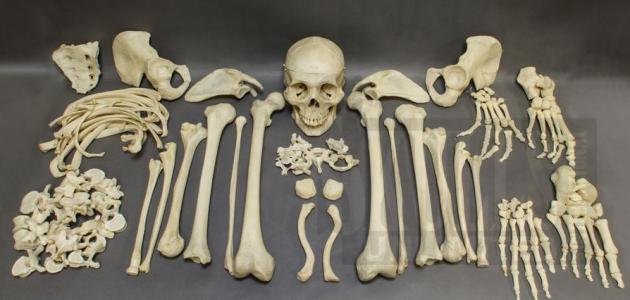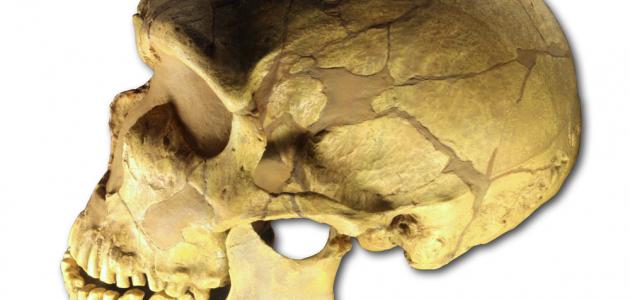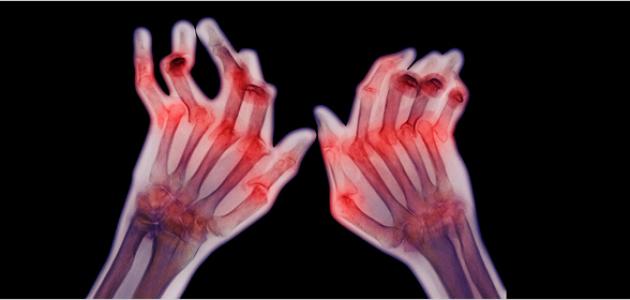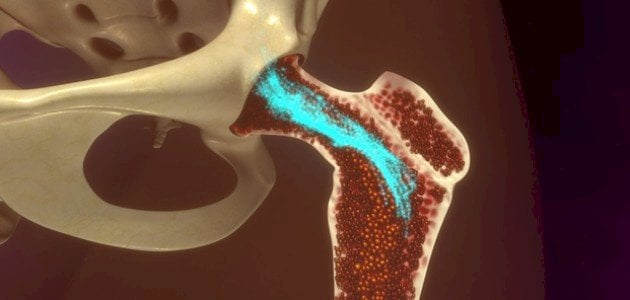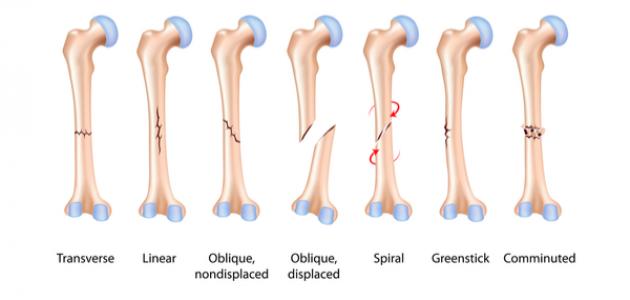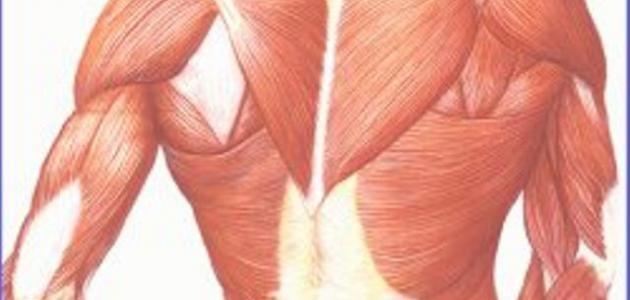skeletal system
The human body contains solid organs called bones, which together form the skeletal system. The body consists of a group of interconnected bones, the number of which is (206) bones in an adult human, and (304) bones in a newborn, and they differ in size, method of connection, and shape. There are flat, long, and short bones.
Axial structure
Consists of:
- The skull: It is the highest part of the skeleton. The skull consists of a number of strong, flat bones that overlap each other in a tight and cohesive manner. These bones are stable with the exception of the mobile bones of the lower jaw, which allows movement and chewing of food to occur. The bones of the skull encase the brain. It protects it, and it also protects other sense organs, such as the eye, nose, and ear. The number of bones in the skull is (22).
- The spine: The chain of bones that make up the neck and extend downward in the middle of the back is called the vertebral column, as the bones of the skull rest on it. The vertebral column consists of (33) vertebrae, connected to each other by a series of discs called cartilage, which gives the vertebral column the flexibility necessary for movement. It helps him withstand the pressure imposed on him, and the vertebral column performs several functions, including protecting the spinal cord, being the main support for the body, and carrying most of the body’s weight.
- The rib cage: It consists of (12) pairs of bones called ribs, ten pairs of which are connected to the sternum. It was given this name because it resembles the shape of a cage, as it protects the heart and lungs.
Read also:Benefits of massage for muscles
Terminal structure
- Upper limbs: These include the arms, as each arm consists of one bone called the humerus, two forearm bones, and two palm bones (27).
- Lower limbs: These include the legs, as each leg consists of one bone called the femur, two shin bones, and the foot bones (26).
- The areas where both the upper and lower extremities connect to the spine, including the shoulder bones and the pelvic bones.
The health and safety of the skeletal system
To maintain the health and safety of the skeleton, the following must be taken into account:
- Sleeping, sitting, and standing in the correct position, to keep the spine straight.
- Carry things in a proper way, and do not try to lift heavy things so as not to harm the spine.
- Eat good foods containing calcium and phosphorus salts, in addition to all other types of foods, such as: carbohydrates, fats, and proteins.
- Exposing our bodies to early morning sunlight helps in the formation of vitamin D, and then in the absorption of calcium and phosphorus salts, thus preventing rickets, which results from osteomalacia.
- Doing appropriate exercise to strengthen our muscles; Strong muscles protect and preserve bones.
- See a doctor and get appropriate treatment when injuries occur.
